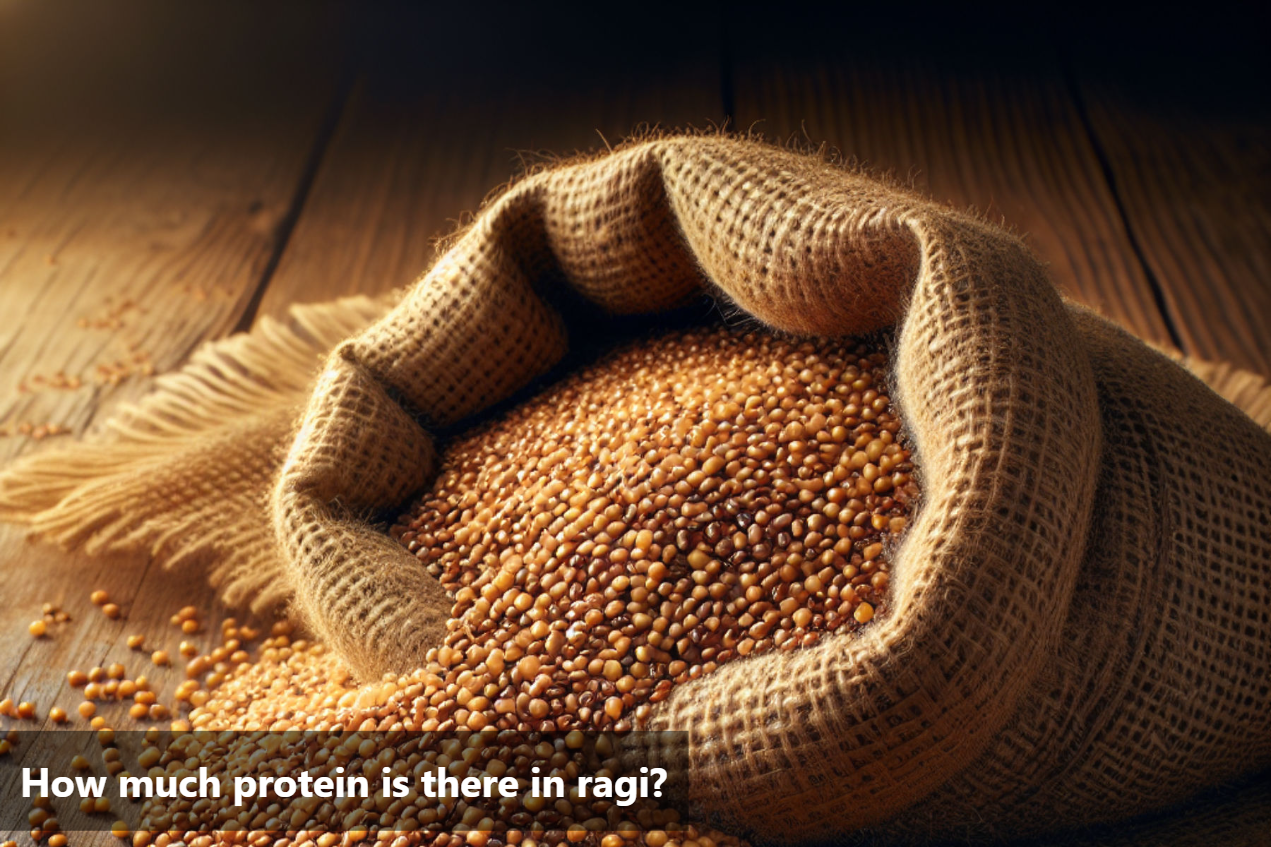
How much protein is there in ragi?
Ragi, also known as finger millet, is a gluten-free grain that has gained popularity for its impressive nutritional profile, particularly its protein content. This ancient grain is a staple food in many regions of India and Africa, where it is valued for its health benefits.
Ragi is considered a powerhouse of nutrients, offering a wide array of vitamins, minerals, and antioxidants. One of the key highlights of ragi is its high protein content, making it an excellent plant-based protein source for vegetarians and vegans. In fact, ragi contains more protein than other commonly consumed grains, such as rice and wheat.
If you are wondering how much protein is in ragi per 100g, you'll be pleased to know that it typically contains around 7-8 grams of protein. This makes it a great addition to your diet for meeting your daily protein requirements in a natural and sustainable way.
Incorporating ragi into your meals can be as simple as adding ragi flour to your rotis, dosas, or porridge. Its nutty flavor and versatility make it a delicious and nutritious option for boosting your protein intake while enjoying a wholesome meal. Make ragi a part of your diet to experience the benefits of this nutrient-rich grain.

Nutritional Profile of Ragi
100 g serving of ragi flour contains the following:
Ragi Calories |
385 |
Total Fat |
7% |
Cholesterol |
0% |
Sodium |
0% |
Total Carbohydrates |
25% |
Dietary Fiber |
14% |
Sugars |
2% |
Protein |
10% |
Calcium |
26% |
Iron |
11% |
Potassium |
27% |
Thiamine |
5% |
Riboflavin |
7.6% |
Niacin |
3.7% |
Folic Acid |
3% |
Vitamin C |
7% |
Vitamin E |
4.6% |
How Much Protein is in Ragi?
Ragi is a highly nutritious grain that is gaining popularity for its impressive protein content.
When it comes to protein, ragi stands out among other grains due to its rich nutritional profile.
In every 100 grams of ragi, you can find a significant amount of protein, making it a valuable addition to your diet.
This makes it an excellent choice for individuals looking to increase their protein intake through natural sources. The protein in ragi is also considered to be of high quality, containing essential amino acids that are vital for overall health and well-being.
Incorporating ragi into your diet can be a simple yet effective way to boost your protein consumption.
Whether you choose to enjoy it as a porridge, roti, or in baked goods, there are numerous delicious ways to reap the benefits of this nutrient-dense grain. By including ragi in your meals, you can not only increase your protein intake but also enhance the nutritional value of your diet.
The protein content in ragi per 100g makes it a standout choice for individuals seeking a plant-based source of protein.
Consider adding ragi to your diet to enjoy its numerous health benefits and meet your daily protein requirements in a wholesome and delicious way.
Ways to Incorporate Ragi into Your Diet
Adding ragi to your diet can be a great way to boost your protein intake while enjoying its numerous health benefits. Here are some simple tips and delicious recipes to help you incorporate this nutritious grain into your meals:
Ragi Porridge: Start your day with a comforting bowl of ragi porridge. Simply cook ragi flour with milk or water, add sweeteners or fruits of your choice, and enjoy a warm and nutritious breakfast packed with protein.
Ragi Dosa: Replace traditional dosa batter with ragi flour to create crispy and flavorful ragi dosas. Pair them with chutney or sambar for a wholesome and protein-rich meal.
Ragi Idli: For a variation of the classic idlis, blend ragi flour with urad dal and rice to make soft and spongy ragi idlis. Serve them with coconut chutney and sambhar for a complete protein-packed meal.
Ragi Cookies: Bake ragi cookies using ragi flour, oats, honey, and nuts. These crunchy and healthy treats are perfect for snacking and provide a protein boost.
Ragi Smoothie: Prepare a refreshing ragi smoothie by blending ragi flour, bananas, and almond milk. This creamy and filling drink is a delicious way to increase your protein intake throughout the day.
Incorporating ragi into your diet can be easy and versatile with these tips and recipes. Experiment with different dishes to enjoy the goodness of protein-rich ragi in your meals.

Quantifying Protein Levels in Ragi
Ragi is a versatile and nutrient-rich grain that deserves a place in your diet. Not only is it a staple in many regions, but it also offers impressive nutritional benefits, especially in terms of protein content. With around 7-8 grams of protein per 100 grams, ragi is considered a good source of plant-based protein. This is beneficial for vegetarians and vegans looking to meet their protein requirements.
Including ragi in your diet can help boost your protein intake, supporting muscle growth, repair, and overall health. Additionally, ragi offers a range of other essential nutrients like calcium, iron, and fiber, making it a valuable addition to a balanced diet.
The protein content in ragi, along with its other nutritional benefits, underscores its importance in promoting a healthy lifestyle. By incorporating ragi into your meals through various recipes and cooking methods, you can enjoy not only its unique taste but also its significant contribution to your protein consumption. Make ragi a part of your diet to reap the multitude of benefits it has to offer.
This Blog post is an initiative by Lo! Foods, to provide accurate and Nutritionist / Doctor approved information related to Health. Lo! Foods is India's leading brand for Everyday Functional Foods. Foods designed for specific Health conditions or Needs. Lo! Foods also runs India's largest range of Low Carb Healthy Cloud Kitchens, under the brand names of Lo!, ProteinChef, ATH (All Things Healthy) and DiabeSmart.



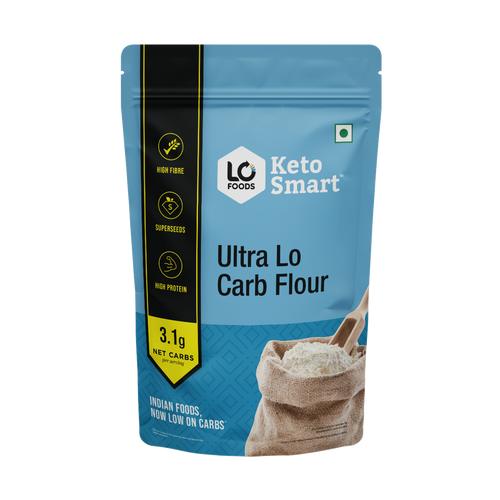
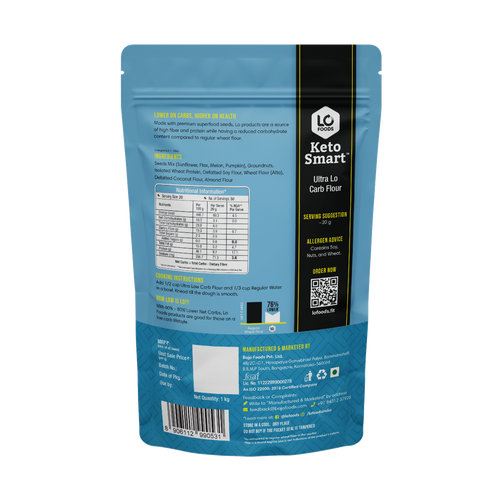

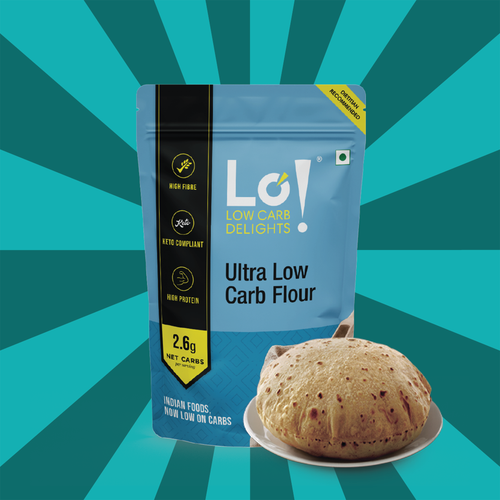


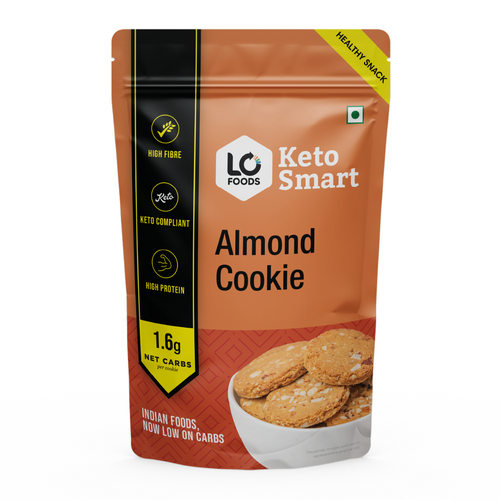





Leave a comment
Your email address will not be published.